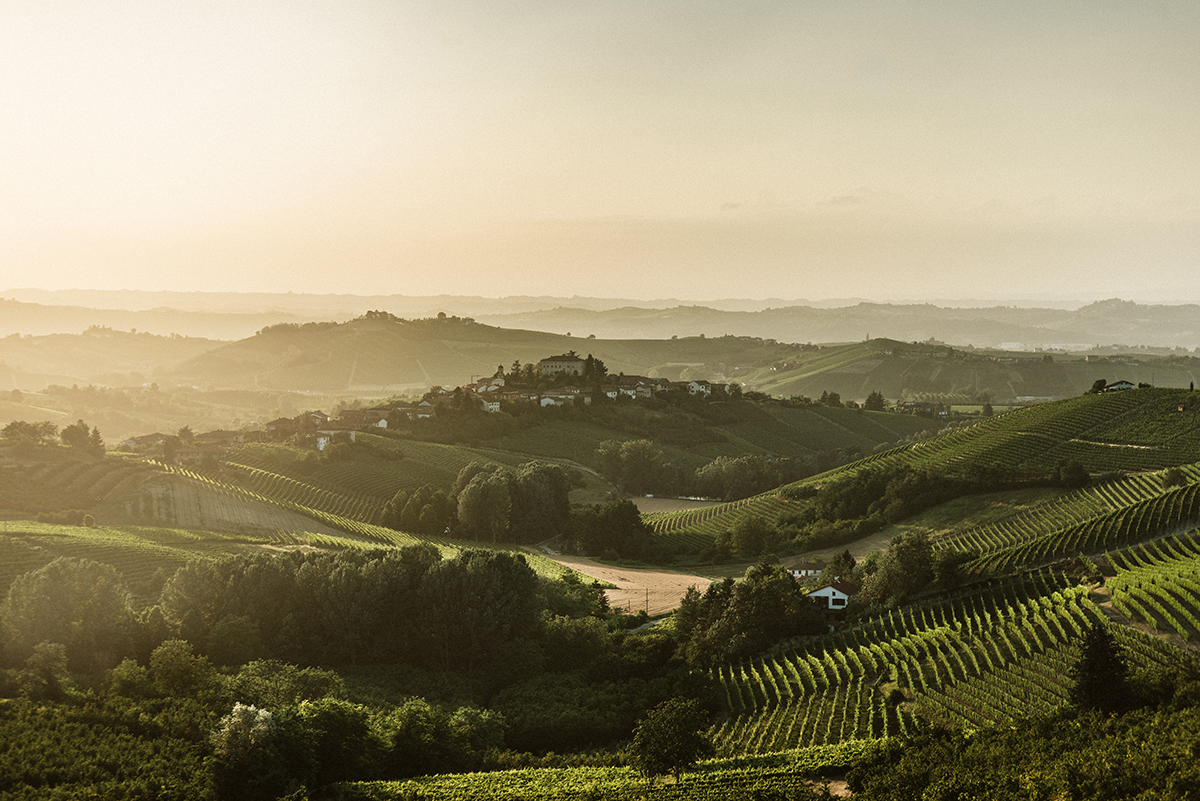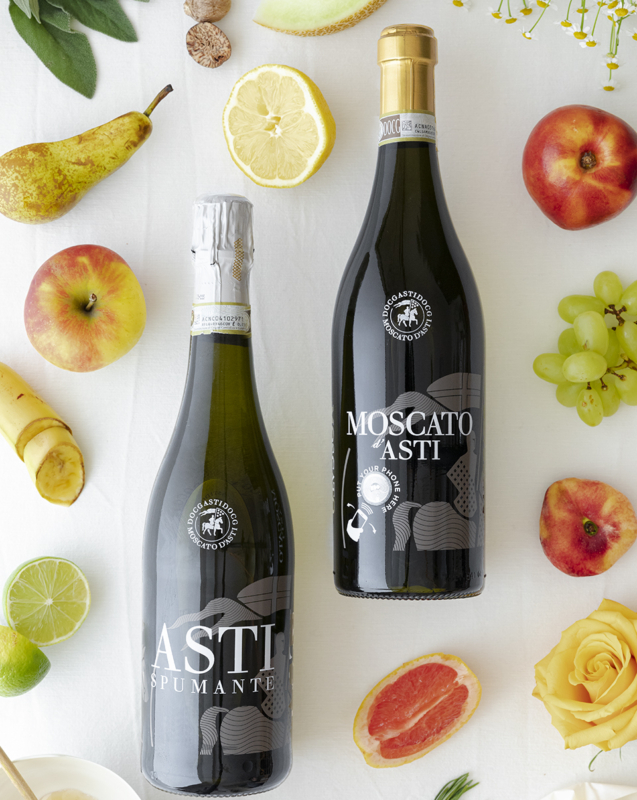 Asti DOCG: an Italian Treasure
Asti DOCG: an Italian Treasure
by Chiara Giorleo
Asti DOCG, in substance, is the first Italian (Classic Method) sparkling wine thanks to the intuition of Carlo Gancia, who in 1865 applied the classic method used for the production of sparkling wines he had learned in Champagne to Muscat in Piedmont (north-west of Italy). And this was before Federico Martinotti had perfected the simpler and more suitable method for aromatic grapes at the Istituto Sperimentale per l’Enologia di Asti (Winemaking Institute of Asti, Piedmont), which would become his namesake. And this is not all: in June 2014, Langhe, Roero and Monferrato wine region, made up of 5 wine-making areas, including Canelli and the “Asti Spumante”, was recognized as UNESCO World Heritage Site also thanks to the attraction and the appeal of its underground cathedrals.
It is clearly an Italian treasure, therefore protected and promoted by the Consorzio per la Tutela dell’Asti (Consorzio dell’Asti DOCG) which was founded in 1932: the first Consortio in Piedmont and one of the first ones in Italy. This proves the importance of its production for the economy of the region recognized (since 1993) as DOCG – the highest level on the Italian quality hierarchy – in its two versions: Asti Spumante and Moscato d’Asti. It is made in the province of Asti along with the provinces of Alessandria and Cuneo, for a total of 51 towns, with white Moscato, the variety required for this appellation.
Moscato is a large family which, for the Asti DOCG, is to be traced back specifically to the Muscat Blanc à Petit Grains: the finest and most prestigious one, capable of producing captivating wines with unmistakable aromas. A marker is represented by notes of “grape” which are probably associable exclusively to this variety that requires a certain amount of care since the very first steps in the vineyard. Indeed, the bouquet is its distinctive element: the aromas of orange blossom, as well as citrus fruits and ripe peach are enriched by notes of dried herbs and hints of musk.
Now, what are the differences in the glass between the Asti Spumante and the Moscato d’Asti?
The two versions are made from the same grape and come from the same production area. The first, however, is a sparkling wine, therefore has a greater pressure compared to the Moscato d’Asti which is a semi-sparkling wine, with more gentle bubbles though (it – in fact – is sealed with a level cap and not with the ‘mushroom cork’ and its secure cage as the spumante/sparkling wines do). The Moscato d’Asti tends to have a lower grade of alcohol and a higher concentration of sugar too.
Asti Spumante DOCG is therefore characterized by its more decisive effervescence and can be produced with the Martinotti method, in inert stainless-steel tanks to preserve its natural fragrance (same method used for the production of Prosecco and a large part of the spumante in the world). It can also be produced with the Classic Method (for example, used for the production of Trento DOC, Franciacorta and Champagne) despite here its preferred for only a few labels.
The delicious grape juice is processed with the objective of obtaining the desired versions and levels of sugars: from the driest like the ‘Brut Nature’/ ‘Brut’ – although less common – to the ‘dolce’ (sweet) version allowing pairings that span from the more classic to the more original ones. The result is an aromatic spumante, with a good effervescence and a balanced richness of flavor. When produced using the Classic Method, the spumante is enriched by typical fragrances of bread dough or pastisserie (thanks to the aging on lees) while conserving its distinctive aromatic profile.
Moscato d’Asti DOCG, instead, belongs to, as previously mentioned, the semi-sparkling wine family. It is characterized by a more delicate bubble with a limited amount of alcohol by volume which make it juicy and exalts the typical fragrance. It is sweet and light yet balanced with the right dose of acidity.
The processes have been perfected over time and refined by tradition, also sharing the single experiences and hence enriching the special productive patrimony of our beautiful Italian peninsula. It is not by chance that 90% of Asti is exported, especially to the USA and, then, to Europe, Asia and Russia.
Follow us to discover more about Asti and food pairings.

ASTI DOCG – Asti Spumante – Moscato d’Asti